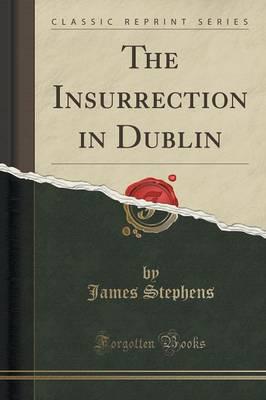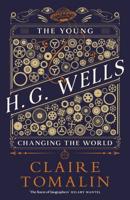Publisher's Synopsis
?The Easter Rising of 1916 was a moment in time where a spark caught and the embers are still glowing today. After centuries of a contentious relationship between England and Ireland, Irish nationalism had woken up and a desire for independence was in the air.
James Stephens made his name moving his audience with Irish fairy tales but here he presents a down to earth, realistic but illustrative account of the experiences of a district in Dublin on Easter Monday. He describes the noise, the enquiring looks darting between passers-by and the frightening unknown sounds echoing through streets that were by turns heaving and empty. Nationalists tousled with the British on the wide boulevard of Merrion Row with revolvers and bayonets and along with Stephens you feel swept along in a tide that has somehow been building forever and yet come roaring out of nothing.
The simplicity of Stephens' prose in describing the exchanges between the citizens of Dublin that Holy Week allows the stark nature of the emotions and disbelief that was rife to fully come through on the page. Realise with the people of Dublin that the insurrection has worked. This account brings to life the incongruity of trenches in the streets and forts within factories. Our benefit of hindsight does nothing to take away the sense of suspense on the air or on the page.
So rarely in history does one get the chance to cast off the shackles of elite perspectives and dreary timelines but 'The Insurrection in Dublin' is the genuine article.
About the Publisher
Forgotten Books publishes hundreds of thousands of rare and classic books. Find more at www.forgottenbooks.com
This book is a reproduction of an important historical work. Forgotten Books uses state-of-the-art technology to digitally reconstruct the work, preserving the original format whilst repairing imperfections present in the aged copy. In rare cases, an imperfection in the original, such as a blemish or missing page, may be replicated in our edition. We do, however, repair the vast majority of imperfections successfully; any imperfections that remain are intentionally left to preserve the state of such historical works.








